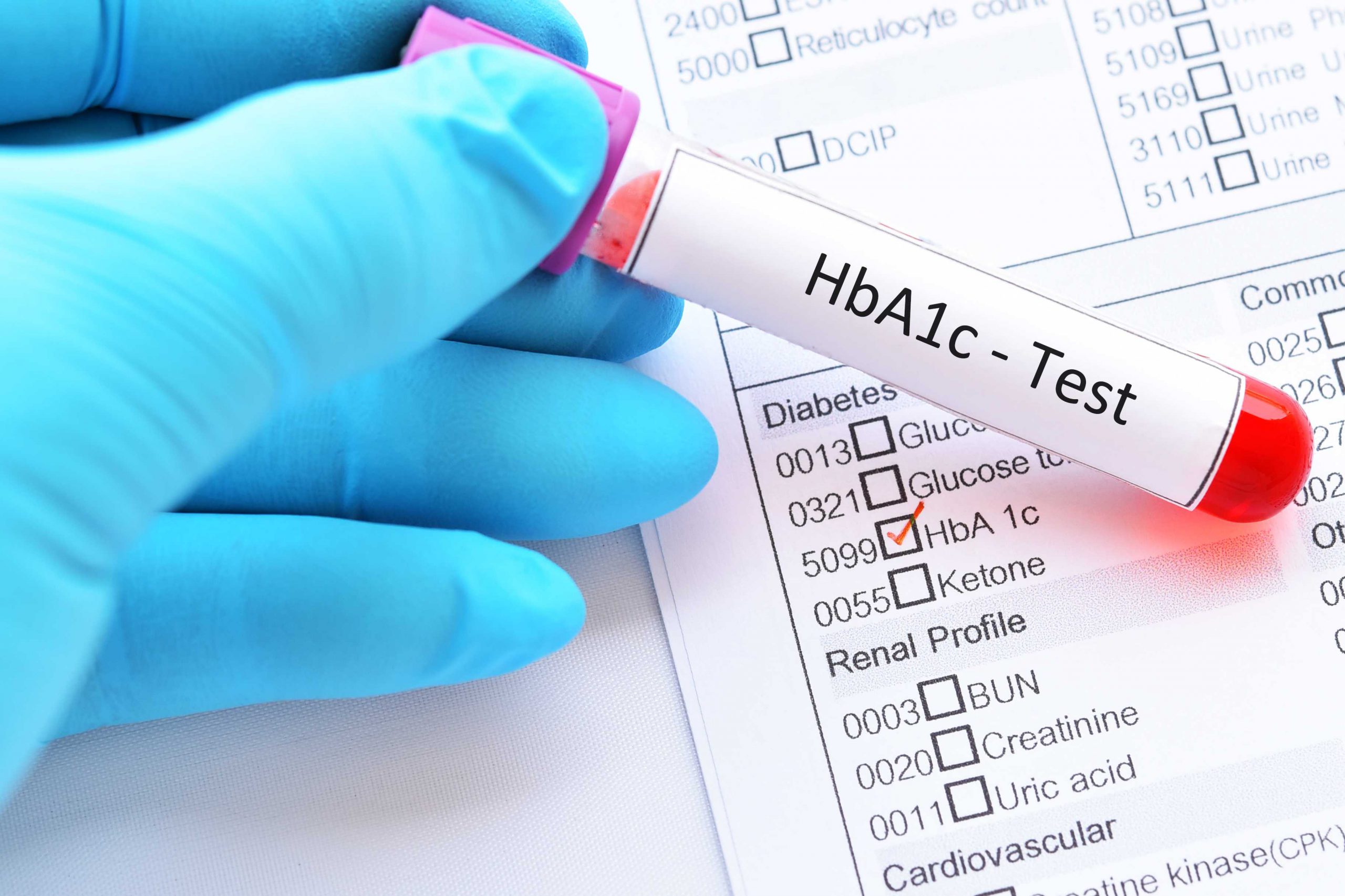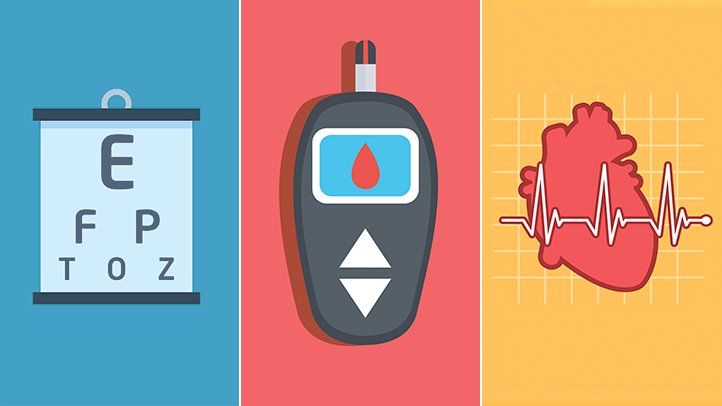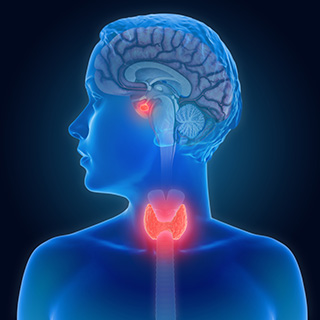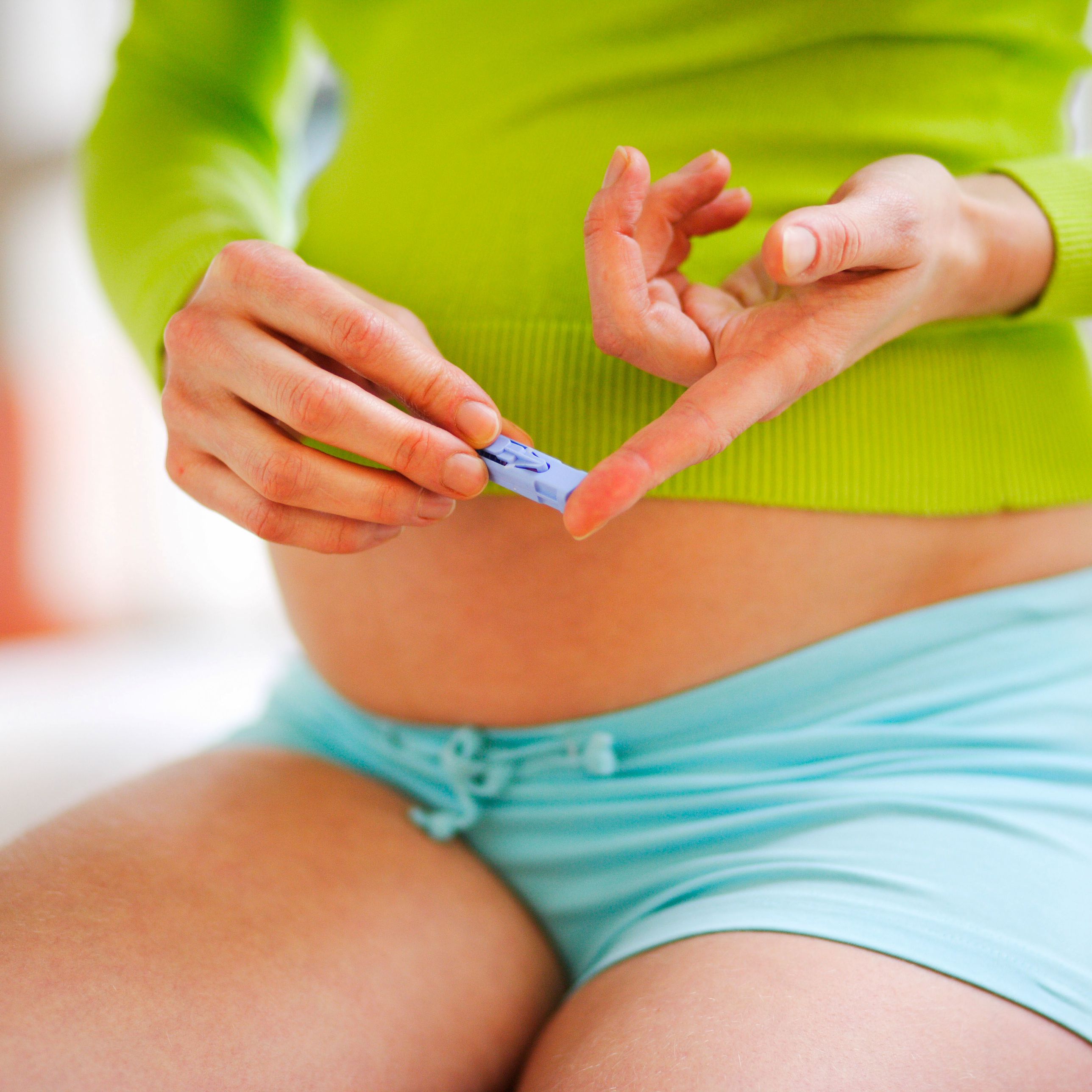If you’ve been diagnosed with type 2 diabetes, watch out for these lifestyle pitfalls that can make controlling your blood sugar more difficult.
You may be scared or stunned by a type 2 diabetes diagnosis, but it’s critical that you start making the changes suggested by your doctor. That’s often easier said than done, since for most of us, what we eat, how much we exercise, and other everyday habits are as cozy — and as hard to get rid of — as well-worn slippers or a soft old sweatshirt.
But although you might have a few false starts and even a misstep or two along the way, a diabetes diagnosis must be taken seriously, beginning with abandoning old habits and committing to new ones to reverse or stabilize the condition.
Steps Toward Positive Change
Here’s a great place to begin: Losing just 10 percent of your body weight will improve your blood sugar control, says Margaret Shields, MEd, RD, a diabetes educator with the Washington University Diabetes Center at Barnes-Jewish Hospital in St. Louis. That, in turn, will decrease your heart disease risk and keep you healthy and living longer.
Some more bad habits you should be sure to avoid:
Not testing blood sugar. Yes, you have to draw blood, but no, it doesn’t have to hurt. Your doctor or diabetes educator will show you how to get started with a blood glucose monitor and lancets. Keep your diabetic supplies within reach at home, at work, and even in your car. And with time, Shields says, testing will get easier. Not taking diabetic medications at the right time.
To keep blood sugar balanced, you have to “feed” your body at specific times — whether it’s with meds or food. Otherwise you’re wasting time and money and damaging your body. Skipping meals. If you want to lose weight, skipping meals to hurry the process isn’t the answer.
Skip breakfast or lunch, and the drop in blood sugar will set off a chain reaction that disrupts insulin levels and blood sugar — and you’ll likely eat more later. Take time to eat simple, balanced meals. You may also benefit from a mind-set boost: “Try not to think of it as a ‘diabetes diet’ because it’s basically heart-healthy eating, the way we all should eat,” says Ellen Calogeras, RD, LD, a diabetes educator with the Cleveland Clinic Diabetes Center.
‘Emotional eating. If you feel depressed, anxious, or stressed, it will affect your blood sugar, so it’s important to get your emotions under control. Medication, meditation, psychotherapy, exercise, and deep breathing can help, alone or in combination.
Binge eating.Stock up on healthy foods — avoid temptation every time you open your kitchen cabinets by not buying chips, doughnuts, and other “trigger” foods.
Drinking too much sugar. Go for milk or water as beverages of choice. When you want to enjoy fresh juice, put the brakes on at a half-cup.
Skipping veggies. Vegetables supply nutrients that support all your body functions, including helping to regulate both blood pressure and blood sugar.Get a wide variety in deep hues — red, yellow, orange, and green.
Avoiding fish in favor of red meat. Fish like salmon and tuna are rich in heart-healthy omega-3 fatty acids. Don’t care for seafood? Other good sources of lean protein include chicken and beans.
Skipping exercise. Getting your weight and blood sugar under control means getting enough regular exercise. Though the goal is 150 minutes of aerobic exercise each week, if exercise doesn’t get you excited, make it easy on yourself and break down that total into manageable amounts — short but frequent bouts. “Just 10 minutes of walking several times a day is good,” says Shields.
Getting too little sleep. With less than five hours of sleep, you disrupt hormones that control hunger and blood glucose, so give yourself an earlier bedtime if you’ve been shortchanging yourself on the shut-eye. If snoring is a problem, talk with your doctor. You may have sleep apnea, which disrupts hormone levels and drives up blood sugar.
Diabetes Educators:
A Helping Hand If you need a bigger push to get moving, working with a certified diabetes educator can help. These health-care professionals have the important job of helping people learn how to manage diabetes successfully. The American Association of Diabetes Educators is a great resource for more information.












